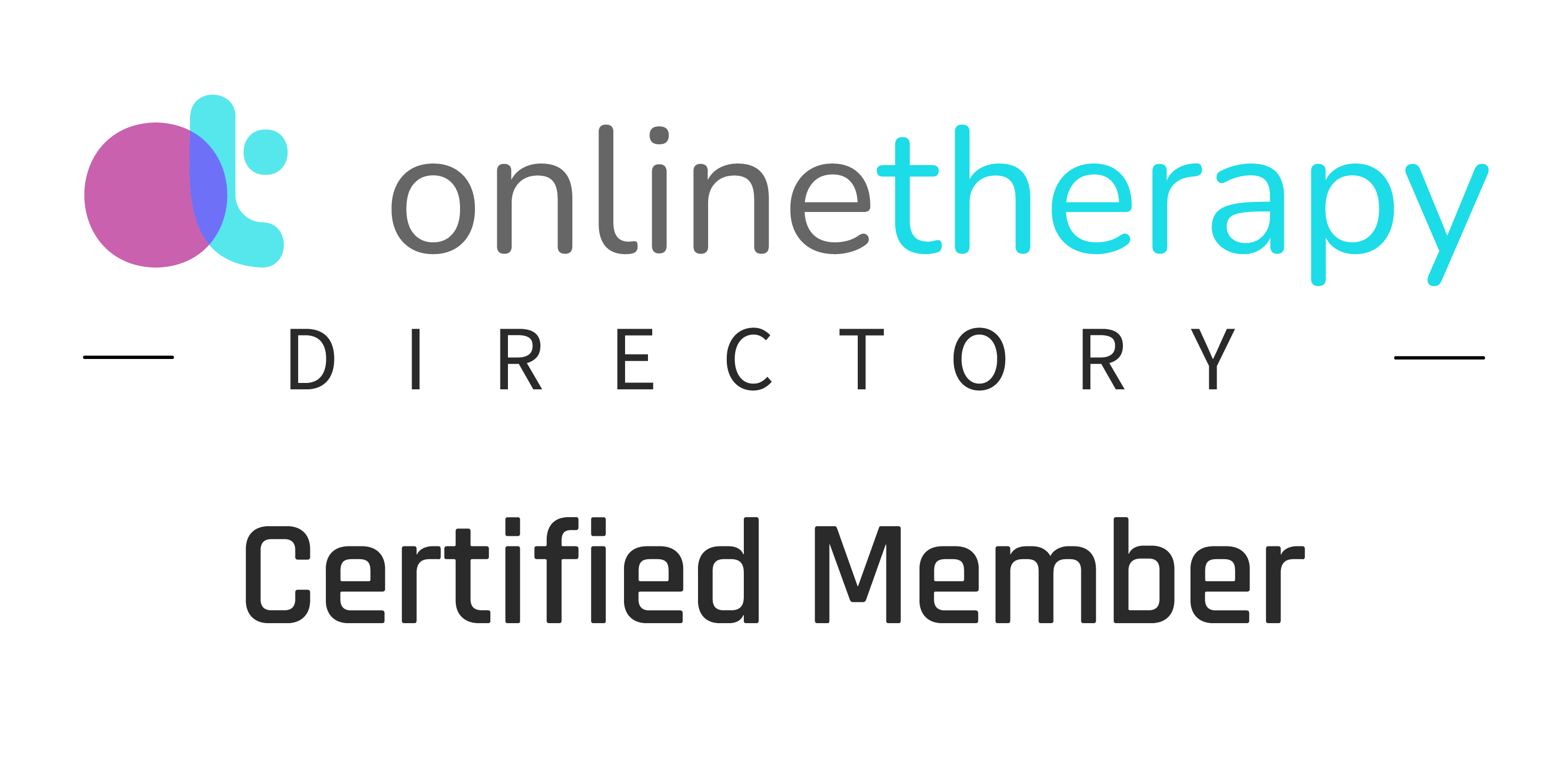Thriving in the Digital Age: Leveraging Technology for Mental Wellness
In today’s tech-driven world, our mental health is increasingly shaped by the digital tools we use daily. As a Licensed Clinical Social Worker, I see how technology can be both a source of support and stress. With deeper insight into these dynamics, we can make technology work for us—not against us. This article will explore the nuanced impacts of technology on mental health and strategies to help you benefit from digital resources while staying mindful of potential pitfalls.
How the Digital World Affects Our Mental Health
Technology offers limitless ways to connect, learn, and find support. But it also presents unique challenges: information overload, the pressure to compare, and the risk of overusing screens. A balanced relationship with technology involves understanding both its benefits and drawbacks, and how they impact your mental wellness.
1. The “Doomscrolling” Dilemma
Doomscrolling—the habit of endlessly scrolling through negative news and social media content—has become a widespread issue. Studies link doomscrolling to increased stress, anxiety, and even symptoms of depression. Constant exposure to distressing content can intensify feelings of helplessness and fatigue, negatively affecting mental health.
To counter doomscrolling, start by setting daily limits on your news and social media use. Consider using apps like RescueTime or StayFocusd, which help you track and limit time on specific sites. Alternatively, replace scrolling with positive habits, such as practicing gratitude, meditating, or engaging in a hobby.
Additional Tip: Curate Your Feed
Take control of your digital experience by curating the content you consume. Unfollow accounts that consistently share distressing news or posts that trigger negative emotions, and instead follow pages that uplift or inspire you. Remember, you have the power to create a feed that supports your mental well-being.
2. The Paradox of Social Media: Connection vs. Isolation
Social media connects us globally, bridging the gap between loved ones and like-minded communities. But it also fosters comparison culture, which can lead to feelings of inadequacy and isolation. We often forget that people typically post the best parts of their lives, creating a skewed perception of reality. This phenomenon can erode self-esteem and lead to social isolation, particularly when we constantly compare ourselves to curated online personas.
The Rise of “Finstas” for Authenticity
Many people now create “finstas” (fake Instagrams) where they share unfiltered content with a close circle of friends, embracing authenticity over perfection. This trend reflects a growing desire for genuine connections and provides a healthy reminder to use social media in a way that feels real to you. Whether you create a “finsta” or not, consider posting content that reflects your authentic self. Engaging with platforms like BeReal—where users are encouraged to share a single, unedited daily photo—can be another way to build authenticity and break free from perfectionist pressures.
Actionable Strategy: Mindful Engagement
Instead of passively consuming content, engage mindfully by commenting on posts, joining meaningful conversations, and seeking out communities that uplift you. Platforms like Reddit and Facebook Groups host supportive mental health communities where people share experiences, offer advice, and find solace in others’ journeys.
3. Information Overload and the Effects of Screen Time
The internet is a treasure trove of mental health information, but the constant influx of content can lead to information overload. The rise of mental health influencers and wellness blogs means we’re inundated with advice, some of which can be misleading or even harmful. Information overload can create unnecessary stress, self-diagnosis, and confusion, making it challenging to discern credible sources from noise.
The Digital Detox Movement
With screen time at an all-time high, digital detoxes have gained traction as people recognize the mental and physical tolls of excessive screen use. Research shows that excessive screen time can disrupt sleep patterns, increase anxiety, and impair cognitive function. While a full detox isn’t always practical, setting boundaries is a great starting point. Aim to establish “tech-free” periods, such as during meals or at bedtime, and explore a digital detox challenge where you commit to a certain period without screens. You might even consider going analog by reading books, journaling, or enjoying nature instead of turning to your phone.
Additional Tip: Set Up Digital Wellness Features
Most smartphones come with features that promote digital wellness, like Screen Time on iOS or Digital Wellbeing on Android. Use these tools to set daily limits, track app usage, and even schedule “wind-down” times before bed. These features can help you reduce screen time and create healthier tech habits.
4. Telehealth: A Game Changer in Mental Health Care
Telehealth has revolutionized mental health care, allowing people to access therapy from the comfort of their own homes. For individuals living in rural or remote areas, or for those with mobility challenges, telehealth breaks down barriers and makes care accessible and convenient. It also reduces stigma, as some people feel more comfortable seeking help virtually than in a therapist’s office.
Teletherapy vs. In-Person Therapy
Virtual therapy sessions offer flexibility and privacy, but they also raise questions about the quality of care. Some people miss the personal touch of in-person sessions, while others appreciate the convenience of virtual therapy. If you’re unsure which is right for you, consider starting with teletherapy. Many find it’s a gentle introduction to therapy and can lead to traditional, in-person sessions down the road if desired. Popular telehealth platforms like BetterHelp and Talkspace offer easy access to licensed professionals and often allow you to communicate via text, video, or phone, giving you the flexibility to choose what feels best.
Additional Tip: Embrace Telehealth’s Full Potential
Telehealth goes beyond therapy. Many platforms offer support groups, workshops, and online communities where you can discuss mental health topics with others. By embracing telehealth’s comprehensive services, you can expand your support network and learn coping strategies from professionals and peers alike.
5. Building Community and Support in a Digital World
Online communities can be powerful sources of connection and comfort. Apps like 7 Cups and Wisdo provide safe spaces to discuss mental health challenges and connect with others who share similar experiences. Online forums and support groups can create a sense of community, especially for those who feel isolated or lack access to in-person support.
Influencers as Mental Health Advocates
Many influencers are now using their platforms to share mental health journeys, making it more socially acceptable to discuss topics like anxiety, depression, and self-care. This trend has helped to destigmatize mental health, but it’s essential to follow influencers who are credible, knowledgeable, and positive. Influencers like Jay Shetty and Mel Robbins frequently share inspirational content and mental health advice that resonates with a broad audience, offering tips for emotional wellness and self-improvement.
Actionable Strategy: Participate in Mental Health Communities
Consider joining digital communities focused on mental health and self-care. Websites like Reddit, Discord, and mental health-focused platforms host forums where members can share experiences, offer advice, and build genuine connections. These spaces often include resources and discussions on coping strategies, creating an online support network that can supplement professional care.
Embracing Technology Mindfully for Mental Wellness
Technology presents unique challenges, but it also offers tools for connection, support, and growth. By curating your feed, setting boundaries, embracing telehealth, and participating in online communities, you can use digital tools to improve your mental health. Remember, mindful technology use is about making conscious choices that enhance your well-being.
Whether you’re considering therapy or simply seeking a more balanced relationship with technology, remember that help and support are always available. The digital world may be complex, but by using it intentionally, you can foster connection, empowerment, and mental wellness.
Reflection Journal Prompt
As you consider the role of technology in your mental health journey, take a moment to reflect on how it currently impacts your daily life.
What are the specific digital tools or resources that you find beneficial?
Are there aspects of technology that you feel might be hindering your mental wellness?
Write about how you can better integrate technology to support your wellbeing. Consider also the boundaries you might need to set with technology to maintain a healthy balance in your life.
How can you leverage technological advancements, like telehealth, to enhance your access to support and resources?
Reflect on these questions and outline some actionable steps you can take to optimize the digital opportunities for improving your mental health.













